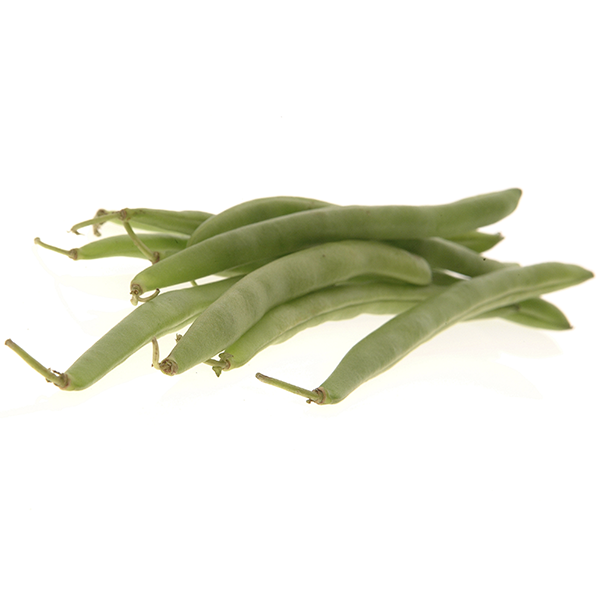
Green beans and lima beans are the most familiar to most consumers. Broaden your bean category to offer more options to attract shoppers who are looking for something new and different.
Shipping
26- to 31-lb. bushel wirebound crates/bushel hampers 25- to 30-lb. cartons/crates, including semi-telescope types 20- to 22-lb. cartons 15-lb. cartons 12-oz. pre-snipped bags (retail) 10-lb. bag pre-snipped (foodservice) RPC 6419, 6420, 6423, 6425, 6426 yellow wax beans 30-lb. bushel hampers/crates 25 to 30-lb. cartons 15-lb. cartons
Grades
Snap beans U.S. fancy U.S. No. 1 U.S. combination U.S. No. 2 Shelled lima beans U.S. No. 1 U.S. combination U.S. No. 2
Handling
With the wide range of color shades available, color alone is not an indication of freeze damage. Look for russeting and other patterns of discoloration, especially on the tips. Snap/green beans Temperature: 40 to 45 F, 4.4 to 7 C Relative humidity: 95% Mist: lightly Typical shelf life: 4 to 5 days Ethylene-sensitive. Do not store or transport with commodities that produce ethylene. Highly sensitive to freezing injury. Susceptible to chilling injury. Damage sometimes is not apparent until the produce is returned to a higher temperature. Snap beans are subject to chill injury and russeting if held at temperatures below 40 F, 4.4 C. Damage may begin to show within three days. They also will become pitted and lose moisture rapidly. Snap bean containers should be stacked to allow maximum air circulation. To retain moisture content, wash beans before refrigeration. Lima beans Temperature: 37 to 41 F, 2.8 to 5 C Relative humidity: 95% Mist: lightly Typical shelf life: 4 to 5 days Susceptible to chilling injury. Damage sometimes is not apparent until the produce is returned to a higher temperature.